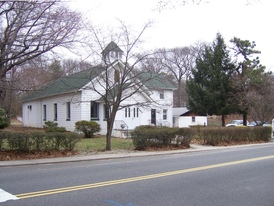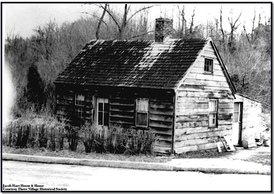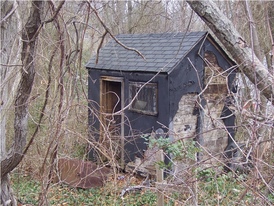
Constructed in the late 19th century by Jacob and Hannah Hart on property they purchased in 1888. Historic documents make frequent references to Jacob Hart as a mason, factory worker, husband, and father. The home was torn down in the 1940s.

Setauket
In 2005, a half-mile stretch of Christian Avenue in Setauket, NY was designated by the Town of Brookhaven as the Bethel-Christian Avenue-Laurel Hill Historic District (BCALH). The BCALH recognizes the historic Native and African American descended community that has lived in the Setauket area since colonial times.
Centered on the Bethel AME congregation founded in 1848, the 1815 Laurel Hill cemetery, as well as residences of many community families, the BCALH also serves to remember other minority neighborhoods that have been lost to encroaching suburban development in East Setauket and Old Field.
Two principle families, the Harts and the Sells, are among many other prominent family names in the community's history such as Eato, Lewis, Edwards, Phillips, Scott, Green, Seaman, Young, and Tobias. Well-known community members include Rachel Hart, who was painted by William Sidney Mount in his famous work "Eel Spearing in Setauket," and Jacob Hart (c.1857-1931) a laborer, mason, husband, father, homeowner and highly respected patriarch of the modern community.
In recent years, Theodore Green documented the Setalcott heritage of many members of the community. The Setalcott were the indigenous Native American community in the area. Their sachems Warawakmy and Mahue signed grants that opened land in Setauket to whites, who brought the first enslaved Africans to the Town of Brookhaven after 1670. In subsequent generations descendant Setalcotts and Africans intermarried forming an essential component of the larger Setauket population. While most worked as servants and laborers, the population was nevertheless organized, economically stable, and has persisted into the present.
This entry contributed by Robert E. Lewis in collaboration with the Center for Public Archaeology at Hofstra University




